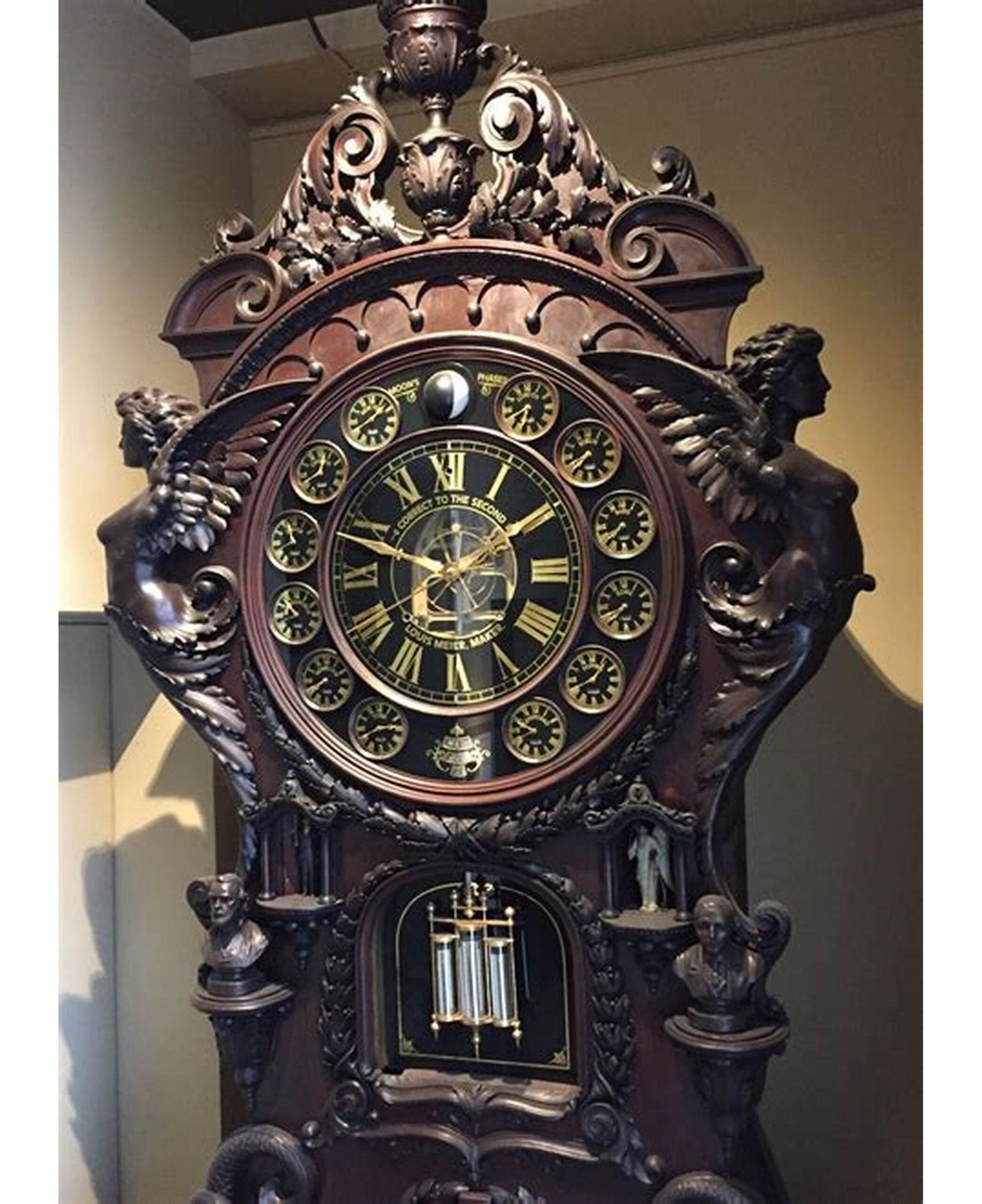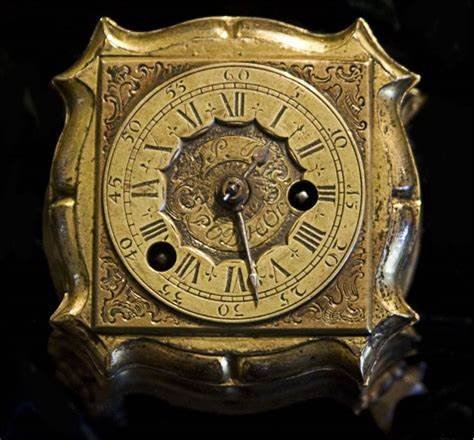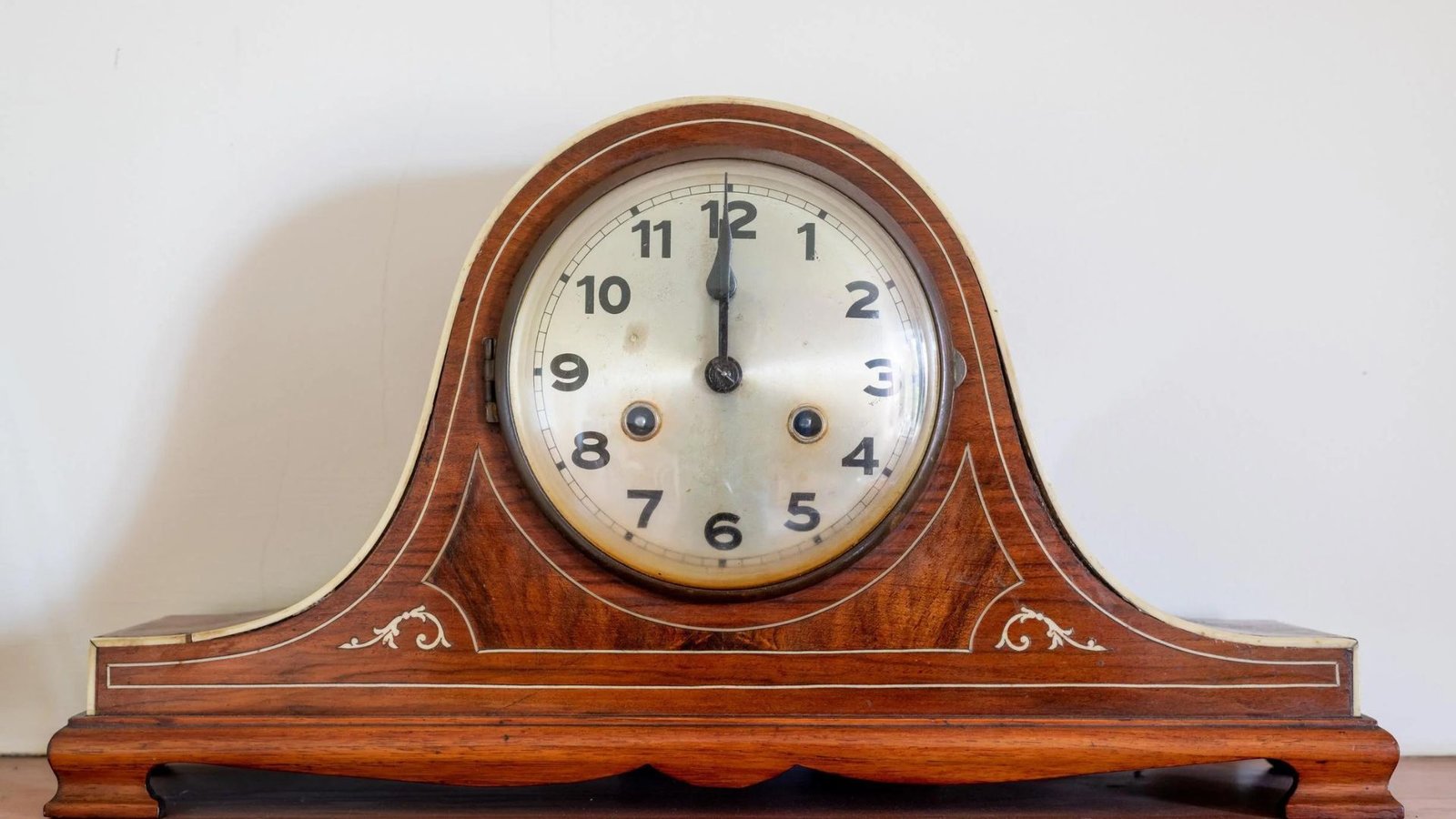Throughout history, certain antique clocks have gained prominence not just for their beauty and craftsmanship but also for their significance in shaping timekeeping and technology. These clocks tell stories of innovation, royalty, and artistic mastery. Here’s a look at some of the most famous antique clocks and their historical importance.
1. The Astronomical Clock of Prague (Czech Republic)
One of the most famous clocks in the world, the Astronomical Clock in Prague, was installed in 1410 and continues to draw visitors today.
- Significance: The clock not only tells the time but also tracks the movements of the sun and moon. It provides astronomical data, including the positions of celestial bodies.
- Design: It features intricate dials and figurines that put on an animated show every hour, captivating viewers with its precision and artistry.
- Historical Importance: The Prague Astronomical Clock reflects medieval Europe’s fascination with astronomy and the universe, serving as both a scientific and artistic marvel of its time.
In summary, this clock stands as a symbol of medieval engineering and is one of the oldest working astronomical clocks in the world.
2. Big Ben (United Kingdom)
Big Ben, housed in the Elizabeth Tower of the Palace of Westminster, is arguably the most iconic clock in the world. Its striking chimes are instantly recognizable.
- Significance: Although technically the name refers to the bell, Big Ben has become synonymous with the entire clock tower.
- Design: Installed in 1859, it features a large, ornate face with Roman numerals and a gilded design. It was designed to be visible and accurate, even in London’s foggy weather.
- Historical Importance: Big Ben’s chimes marked significant moments in British history, from wartime broadcasts to royal celebrations. It symbolizes Britain’s resilience and commitment to punctuality.
In short, Big Ben’s history and design make it one of the most important public clocks globally, representing British culture and history.
3. The Strasbourg Cathedral Clock (France)
Another stunning example of an astronomical clock, the Strasbourg Cathedral Clock, was originally built in 1574. It stands in the magnificent Strasbourg Cathedral.
- Significance: The clock was designed to track planetary movements, lunar phases, and even leap years. It has a perpetual calendar and astrological indicators.
- Design: The clock is a mechanical masterpiece, featuring life-size figurines, including apostles and cherubs, that move and chime every hour.
- Historical Importance: The clock showcases Renaissance craftsmanship, combining science, religion, and art into one piece. It remains a testament to 16th-century innovation.
In summary, the Strasbourg Cathedral Clock is an artistic and scientific wonder, reflecting the merging of faith and science during the Renaissance.
4. The Orloj Clock (Poland)
The Orloj Clock, installed in the 16th century, is located in the Gdańsk Old Town Hall.
- Significance: This astronomical clock was inspired by the Prague Astronomical Clock but is unique in its own right. It displays the time, the zodiac, and phases of the moon.
- Design: The clock’s craftsmanship is extraordinary, with intricate gold and bronze detailing. Its design includes a complex mechanical structure that captures the imagination.
- Historical Importance: The Orloj clock represents the technological advancements in timekeeping during the Renaissance era and Gdańsk’s significance as a hub of European trade.
In short, the Orloj Clock showcases Gdańsk’s rich history and its place in the Renaissance’s advancements in science and art.

5. The Harrison Sea Clocks (United Kingdom)
John Harrison, a British clockmaker, developed sea clocks that revolutionized navigation. His invention solved the problem of determining longitude at sea.
- Significance: Harrison’s sea clocks were the first timepieces accurate enough to be used for maritime navigation, solving a critical problem for sailors.
- Design: His H1 to H4 series of clocks were compact, accurate, and made with innovative materials that resisted the effects of humidity and temperature.
- Historical Importance: These clocks saved countless lives by allowing ships to navigate more accurately, revolutionizing sea travel in the 18th century.
In summary, Harrison’s sea clocks are historically important because they made long-distance sea navigation safer and more precise.
Explore Japanese Clock Logos
Discover the fascinating world of Japanese clock logos and their rich history. For individuals who may be interested in exploring online entertainment options and finding information about online casinos that pay real money in Canada, external resources are available for informational purposes.
6. The Long Now Clock (United States)
Though not yet antique, the Long Now Clock is a modern marvel that reflects the values of antique clockmaking. Built to last 10,000 years, it draws on the long-lasting precision and craftsmanship of historical clocks.
- Significance: Designed by a team of engineers, including Danny Hillis and Jeff Bezos, the Long Now Clock is an experiment in long-term thinking.
- Design: It is made to be a massive mechanical clock that ticks once a year, with a chime every millennium.
- Historical Importance: Though futuristic, it honors the tradition of precision engineering in clocks and pushes the boundaries of timekeeping, much like historical clocks did in their era.
In short, the Long Now Clock bridges the gap between modern innovation and ancient clock-making traditions, embodying the future of timekeeping.
Conclusion
These famous antique clocks are more than just timekeepers. They reflect historical moments, embody cultural values, and represent human ingenuity. From the astronomical clocks of the Renaissance to the iconic Big Ben, these clocks have left an indelible mark on the world, shaping not only how we keep time but also how we view art, science, and history.





**mindvault**
mindvault is a premium cognitive support formula created for adults 45+. It’s thoughtfully designed to help maintain clear thinking
**prostadine**
prostadine is a next-generation prostate support formula designed to help maintain, restore, and enhance optimal male prostate performance.
**gl pro**
gl pro is a natural dietary supplement designed to promote balanced blood sugar levels and curb sugar cravings.
**breathe**
breathe is a plant-powered tincture crafted to promote lung performance and enhance your breathing quality.